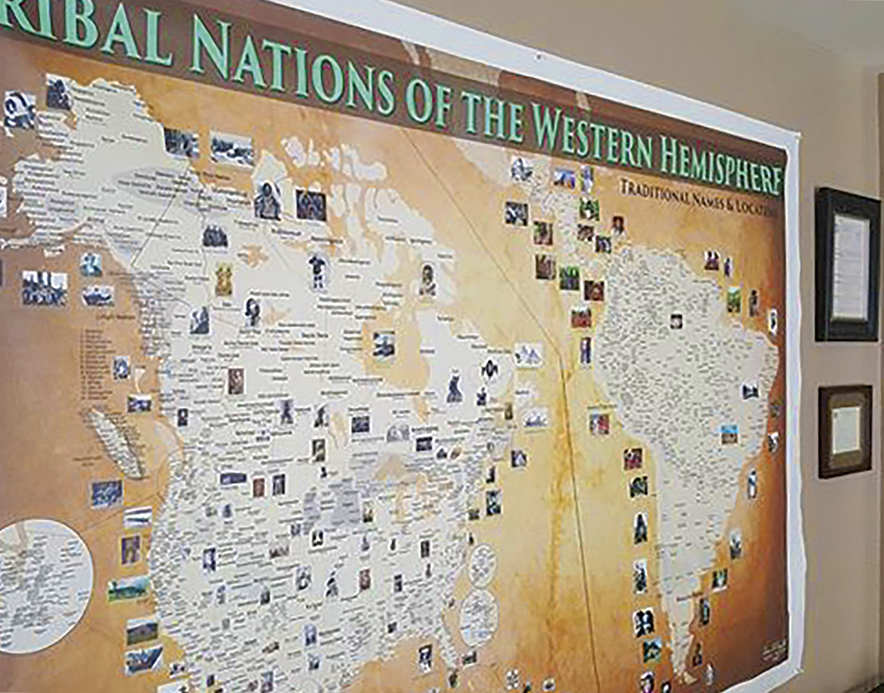

Portrait of Assuz, member of the San Carlos Aparches. Platinum print by F.A. Rinehart. c 1898. Source: National Museum of the American Indian Archive Center, Smithsonian Institution. Assuz, San Carlos Apaches, No. 890 | National Museum of the American Indian
There are more than nine million Native Americans living in the United States, representing hundreds of tribal nations with diverse languages, cultures and traditions. Native Americans have lived on this continent, from the northern reaches of Alaska to the Gulf Coast of Florida for thousands of years. Here are just a few fascinating facts about the tribes and histories of Native Americans:
*There are 574 federally recognized tribes in the United States
*Native Americans cultivated many of the world's most important crops
*The Haudenosaunee Confederacy is one of the oldest living democracies in the world
*Native Americans were forcibly displaced by the Indian Relocation Act in 1830
*Native Americans were granted American citizenship in 1924
*The Navajo Nation has the largest tribal land in the United States
*Not all Native Americans tribes have their own land
We invite you to enjoy a new curated selection of books, media, and upcoming events as we celebrate Native American History Month's theme: "Weaving Together Our Past, Present and Future".

Be sure to stop by the McCarthy Library to see the collection of posters depicting Native American symbols and their meanings.

Read the article about Napa's First People from the Napa County Historical Society.
For more information of the Wappo People, check out: The First People History by the Suscol Council
Year-round festivals and gatherings celebrating Native American contributions from the non-profit organization, Visit California:
Native American Festivals in California

Check out the beautiful exhibit compiled by the Arizona State Museum at the University of Arizona and watch the brief film about the exhibit below.
19th Century Navajo Weaving at ASM Landing Page | Arizona State Museum


By Donovan Quintero | Sep 4, 2025 | Education |
ALBUQUERQUE
Cartographer and photogrammetrist Aaron Carapella says his latest releases push Tribal Nations Maps further into contemporary reservation mapping and school-ready materials, building on years of work charting Native American tribes in their original homelands. “In the last few years, I have focused more on current reservation and more contemporary maps, as well as maps that can be used as teaching tools in history or culture units,” he said.

Courtesy | Aaron Carapella
Aaron Carapella’s Tribal Nations Map charts Native American nations and language families using traditional and common names.
Carapella, Cherokee, said the pivot followed a long stretch dedicated to historical homelands across the Western Hemisphere. “It took about seven or eight years to not only complete the mapping of the historic homelands of the entire Western Hemisphere, but also to update it with more Nations, tribes, bands and sub-bands over time,” he said. “I then shifted the focus to mapping reservations of the United States, then Canada and then eventually all of the reserves across the hemisphere.”
Libguide created by N. McEnery, PT-Librarian